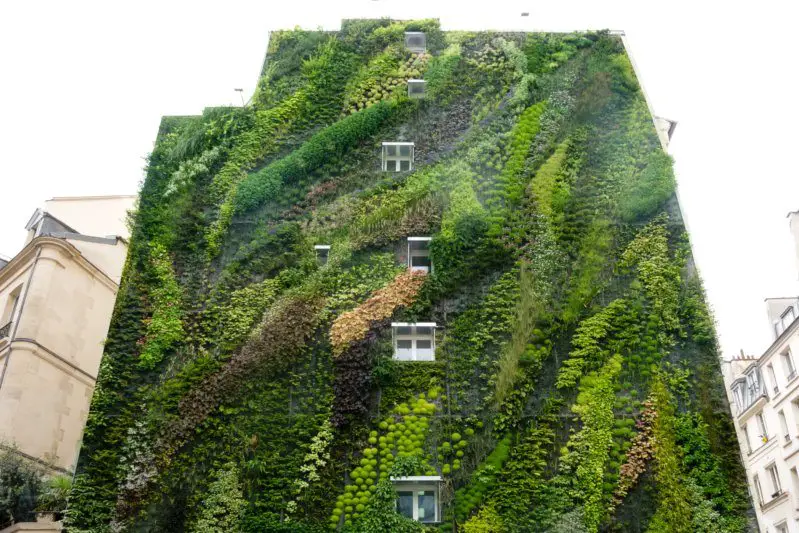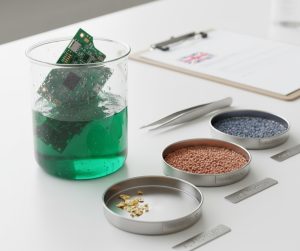Many contemporary gardening approaches deviate from traditional norms, and among these captivating concepts, vertical gardening stands out as particularly intriguing.
While an abundance of detailed ideas awaits you on the web, this concise guide will introduce you to the fundamental essence of vertical gardening and illustrate how seamlessly it can harmonize with your existing gardening and landscaping practices.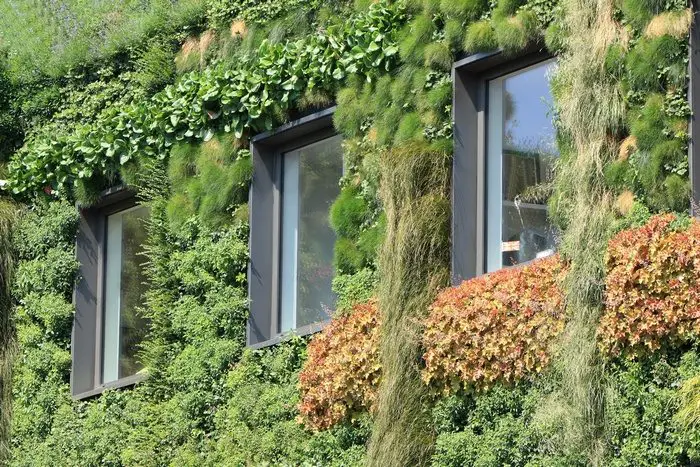
A Guide to Crafting a Vertical Garden
In this guide, discover the secrets to crafting a vertical garden that’s not just a living masterpiece, but a statement of creativity and innovation. Whether your canvas is limited in space or you’re on a quest to metamorphose your environment into a verdant sanctuary, uncover the path to elevating your prowess in the realm of horticultural artistry.
Materials
- ¾ Inch PVC Pipe, Elbows, and a Set of Four-Way Joints
- Basic Carpet Padding (made of felt)
- Galvanized Screws
- Stainless Steel Staples
- Poly Tubing Irrigation
- Fertilizer Injector
Tools
- Razor Blade
- Staple Gun
Steps
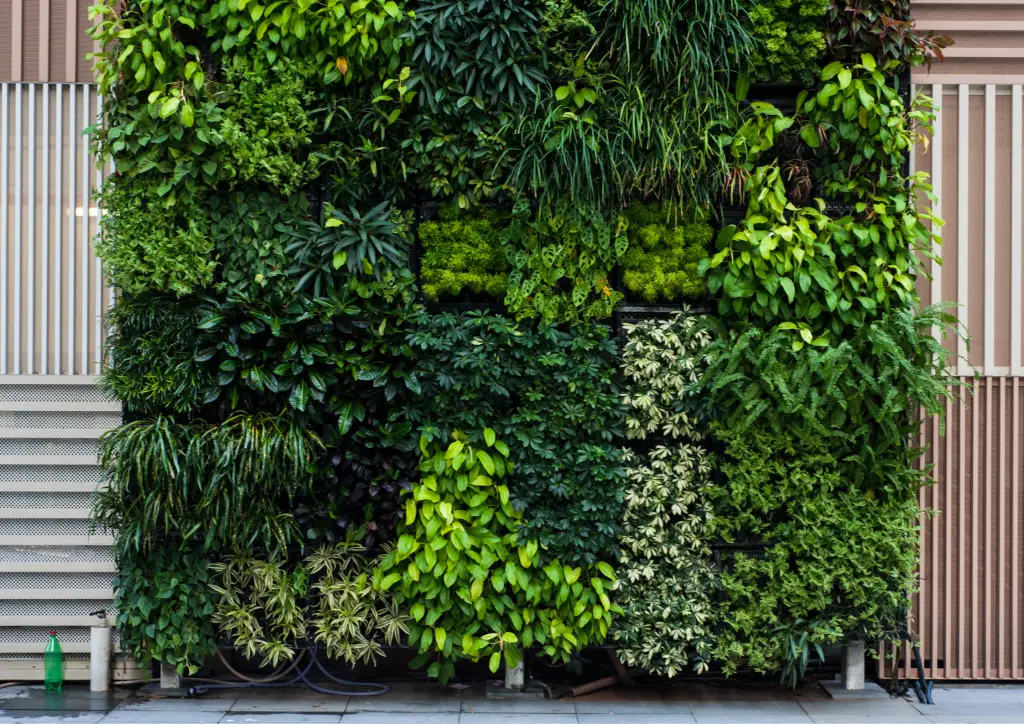
Here’s how to assemble your own vertical garden:
1. Choosing a Suitable Wall
To master the art of crafting a successful vertical wall garden, a grasp of essential nuances is key. This insight can be gained either through hands-on experimentation, learning from online guidance, or embracing environments that permit a margin for error while you refine your technique. The initial focus should centre on selecting the optimal wall for the endeavour.
The ugliest wall on your property should be the one to choose, as you will have a great way of hiding it without way too much work or gardening and landscaping to pull off. Unless you’re planning on building a really large vertical garden, then you should not need to worry about the load at all. The choice of plants will depend on the wall you’re picking and the amount of sunlight it gets, so choose wisely.
2. Building a Frame
The basic structures of a good vertical garden are a three-layer sandwich you can make from plastic sheeting, fabric and the frame itself. Building the whole setup will be necessary before you move on to hanging it. You can attach it directly to your walls, which is the reason why you would want to assemble it first to make installing and removing it far easier in the long run if you need to make it happen.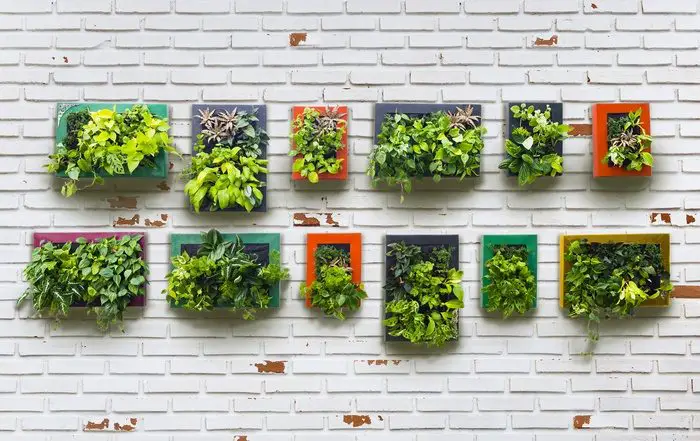
3. Attaching Plastic Sheeting
You can use a ¾ inch PVC pipe, elbows and a set of four-way joints to make your frame. You should avoid using metal because of the added expense and weight on the wall. Creeping plants will not weigh all that much so you can make do with plastic just fine. You should also avoid using wood as it will need to be pressure treated to protect it against the elements and moisture rot since the last place you want water to be is between a wood wall and the frame itself.
Just attach a sheet of plastic to the frame and allow it to work as a fabric layer, keeping the water off the wall. Expanded PVC sheets will do just fine, but if you want to do this with a wooden wall you will need to ventilate the back of the frame somehow.
4. Attaching the Fabric
This material will help the plants live and it will hold water for them to consume. You can use a basic carpet padding made of felt but pretty much any material will work if it retains water without rotting in the long run. You will need at least a minimum of two layers of fabric.
Attach them to the frame using galvanized screws and some stainless steel staples when you stretch the canvas across the frame. As long as the fabric is taut and secure, with no wrinkles and buckling, then you will be good to go. Attach it in a way to keep it from coming off and it will be a job well done.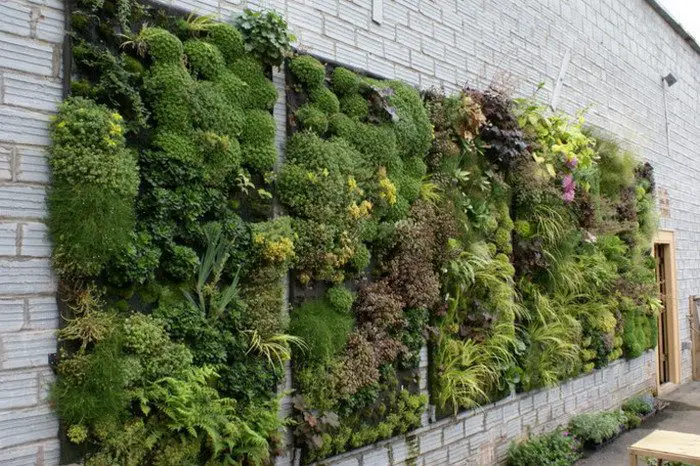
5. Setting up the Irrigation System
If you want to have plants growing on a vertical wall, then you will need a good irrigation system that allows moisture to seep through the fabric layer. You can make one out of poly tubing possessing locking fittings, as those would allow you to do some drip-down irrigation as needed.
Do your best to get them from an irrigation supplier that works on such solutions. You can get a standard valve with irrigation drippers, but you will need a timer that allows for seconds instead of minutes of irrigation.
A quick flow of water for up to 15 seconds up to three to six times a day would be ideal for your needs. An emitter for water every 3 inches on the top irrigation tube will get the job done.
6. Adding Fertilizer Injectors and Attaching the Irrigation System
To fertilize your wall, attaching the fertilizer injector will help make your irrigation work better. Hooking it up to the irrigation and connecting it to your water source will allow you to make the job easier. Remember there will be some runoff so you would do well to put a flower bed under the vertical garden for a complete combination.
7. Choosing the Plants
As it is with gardening anywhere, you will need to take some things into account, such as shade, sunlight, humidity and weather in general when you’re choosing plants. If you plan on having a winter garden, then you will need to select the right plants for that particular weather, something that would survive harsh conditions such as evergreens.
8. Inserting the Plants
To insert the plants into the outer layer of the fabric, make use of a razor blade to cut a horizontal slice into the material. Get as much soil off the root ball of the plant to stave off root rot and insert that into a cut. Using a staple gun you can insert three to five stainless steel staples to keep the cloth attached to the plastic backing in a rough semicircle around the roots, creating a secure envelope where it can stay and be watered.
And there you go! Your vertical garden is ready to transform your residence into an environmentally friendly haven!
Heather Roberts is a content writer from London, UK. She is a keen gardener and blogger. Currently, she writes for Gardeners Hackney Wick. A heartfelt nod of appreciation goes out to her for generously sharing her invaluable insights.
Summing It Up
Ready to take your gardening to new heights? Unveil the magic of vertical gardening with this 8-step guide that makes transforming even the tiniest space into a thriving green haven a breeze.
With every meticulously positioned arrangement and every carefully tended plant, you’ll not only breathe life into your surroundings but also showcase your own resourcefulness and creativity. This vertical garden becomes more than a mere arrangement of plants – it transforms into a living testament to your ability to shape nature’s elements into a symphony of growth and splendour.
Ready to let your creativity grow vertically and watch your surroundings come alive in a whole new dimension?

